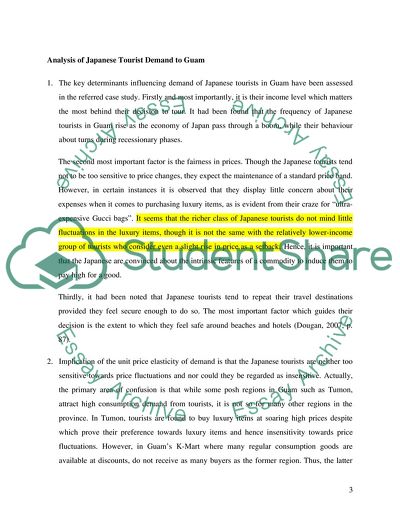Cite this document
(Economics and Tourism Development Case Study Example | Topics and Well Written Essays - 2000 words - 12, n.d.)
Economics and Tourism Development Case Study Example | Topics and Well Written Essays - 2000 words - 12. https://studentshare.org/tourism/1748860-economics
Economics and Tourism Development Case Study Example | Topics and Well Written Essays - 2000 words - 12. https://studentshare.org/tourism/1748860-economics
(Economics and Tourism Development Case Study Example | Topics and Well Written Essays - 2000 Words - 12)
Economics and Tourism Development Case Study Example | Topics and Well Written Essays - 2000 Words - 12. https://studentshare.org/tourism/1748860-economics.
Economics and Tourism Development Case Study Example | Topics and Well Written Essays - 2000 Words - 12. https://studentshare.org/tourism/1748860-economics.
“Economics and Tourism Development Case Study Example | Topics and Well Written Essays - 2000 Words - 12”. https://studentshare.org/tourism/1748860-economics.


